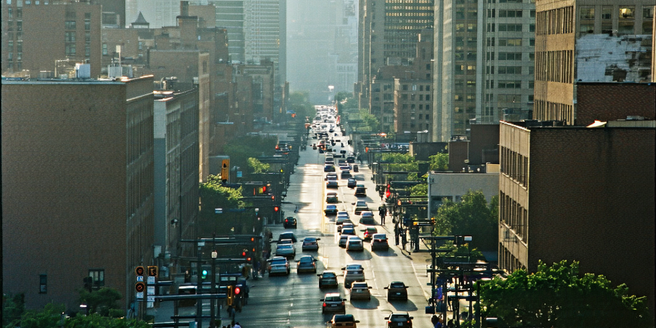
Understanding Urban Heat Islands
Urban heat islands (UHIs) are metropolitan areas significantly warmer than their rural surroundings due to human activities. These temperature differences occur mainly because natural landscapes are replaced with asphalt, concrete, and buildings, which absorb and retain heat. The lack of vegetation further escalates this effect, as plants help cool the environment by evapotranspiration. UHIs can exacerbate heat waves, raise energy consumption, and increase greenhouse gas emissions. The presence of dark surfaces and limited airflow in crowded urban areas further intensifies this phenomenon. By understanding the mechanics of UHIs, city planners and policymakers can work towards designing more sustainable urban environments.
The Role of Vehicles in Temperature Rise
Automobiles contribute significantly to urban heat by emitting exhaust heat and through the heat absorbed by roads and parking lots. When cars burn fossil fuels, they release pollutants and carbon dioxide into the atmosphere, intensifying the greenhouse effect. Moreover, the dark surfaces of roads and parking lots absorb more sunlight, making them significantly hotter. Cars also contribute to air pollution, which can trap heat in the urban atmosphere. As vehicle numbers increase globally, this problem continues to grow, demanding urgent action to design cities that integrate sustainable transport solutions and reduce reliance on fossil fuel-powered vehicles.
Mitigation Strategies for City Heat
Implementing mitigation strategies for urban heat involves both policy and community efforts. Increasing green spaces, like parks and rooftop gardens, can significantly lower local temperatures. Replacing dark surfaces with reflective or porous materials helps reduce heat absorption. Implementing urban designs that promote better airflow and shaded areas is another effective approach. Encouraging public transit and cycling reduces the number of vehicles on the road, decreasing heat emissions. With coordinated efforts from local governments, urban planners, and communities, cities can reduce the intensity and impact of heat islands, making urban environments more livable and sustainable.
Innovations in Eco-Friendly Automotive Design
As the demand for sustainable transport rises, automotive industries are innovating towards eco-friendly designs. Electric vehicles (EVs) are at the forefront, significantly reducing emissions and urban heat. Innovations include lightweight materials that improve fuel efficiency and electric drivetrains that eliminate exhaust emissions. Solar-powered vehicles and hybrids offer promising advancements as well. Aerodynamic designs have evolved to reduce energy consumption while improving battery life and performance. Research and development in green automotive technologies continue to be a crucial step towards mitigating the impact of vehicles on urban climates and easing the transition into a more sustainable future.
Urban Planning and Its Impact on Heat
Urban planning plays a pivotal role in determining a city’s heat levels. Effective planning can mitigate heat by integrating green spaces, promoting public transport, and implementing heat-reflective building materials. Studies have shown that increased vegetation can significantly lower ambient temperatures. Policies encouraging compact city designs reduce the need for extensive car travel, decreasing air pollution. Prioritizing pedestrian-friendly infrastructure and cycling pathways also contributes to lower urban temperatures. Urban planners are increasingly focusing on sustainable layouts that incorporate cooling features, such as water bodies and shaded park areas. By aligning urban expansion with environmental considerations, planners can effectively manage heat impacts in rapidly growing cities.
Community Initiatives to Reduce Heat Impact
Community-led initiatives are essential for addressing urban heat. Residents can contribute by planting trees and creating community gardens, which provide shade and improve air quality. Participation in urban greening projects and advocating for local government support for these initiatives can amplify their impact. Educating citizens on the benefits of plants and cooling strategies creates more informed communities that actively partake in reducing heat. Community organizations often lead workshops and campaigns to raise awareness and drive action. Through collective efforts, communities can uncover innovative solutions and provide momentum for broader policy changes aimed at minimizing urban heat effects.
